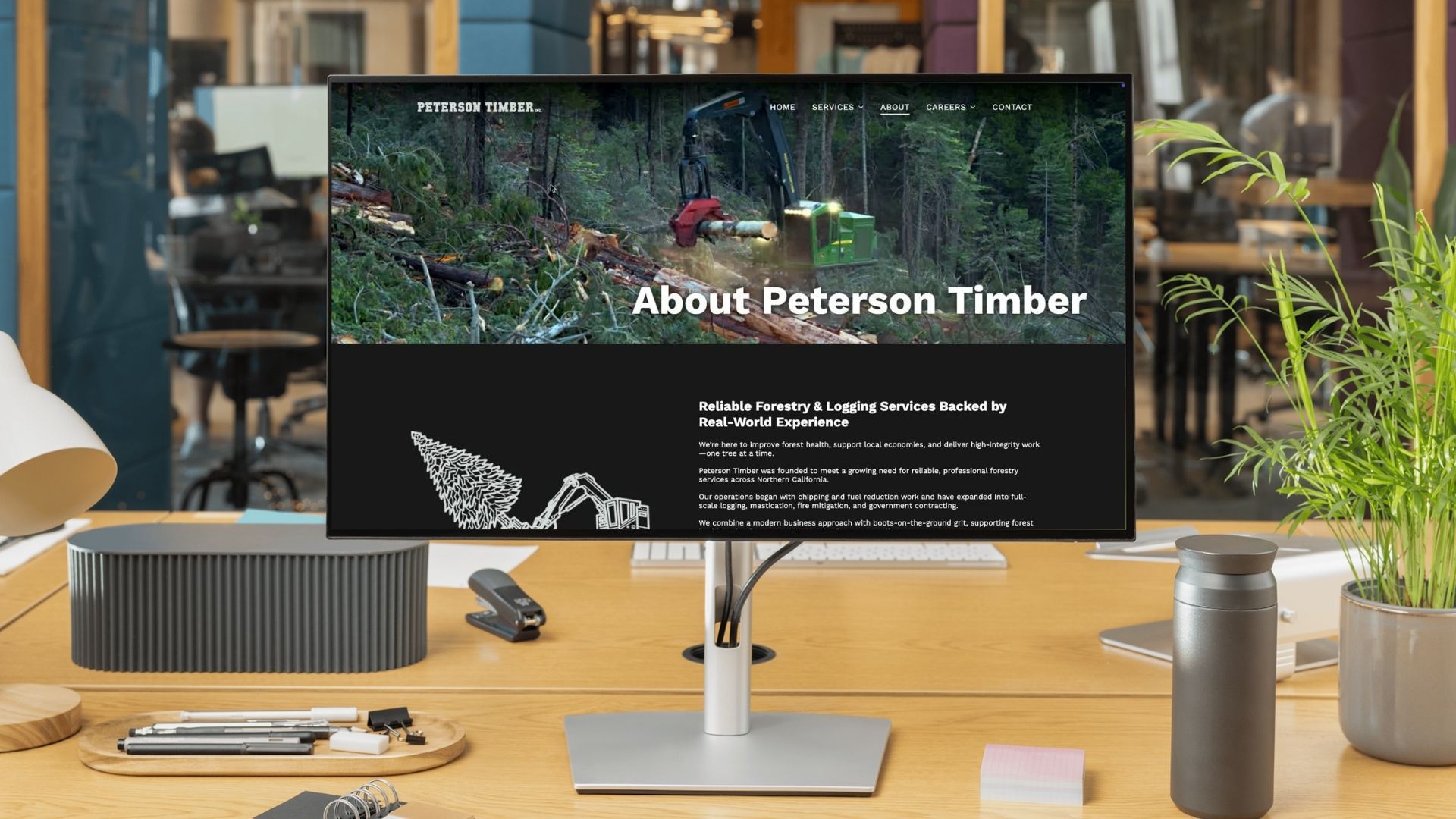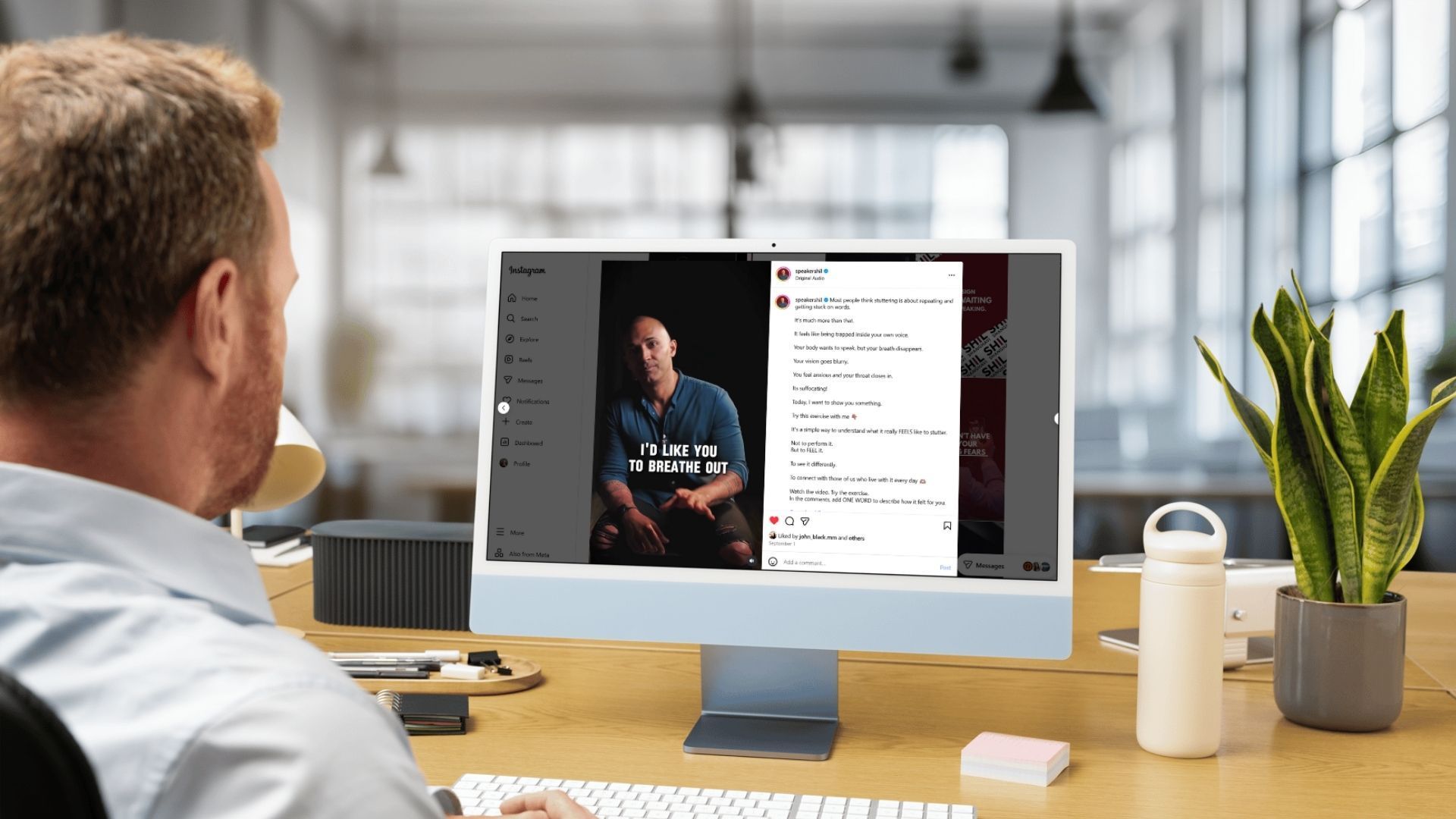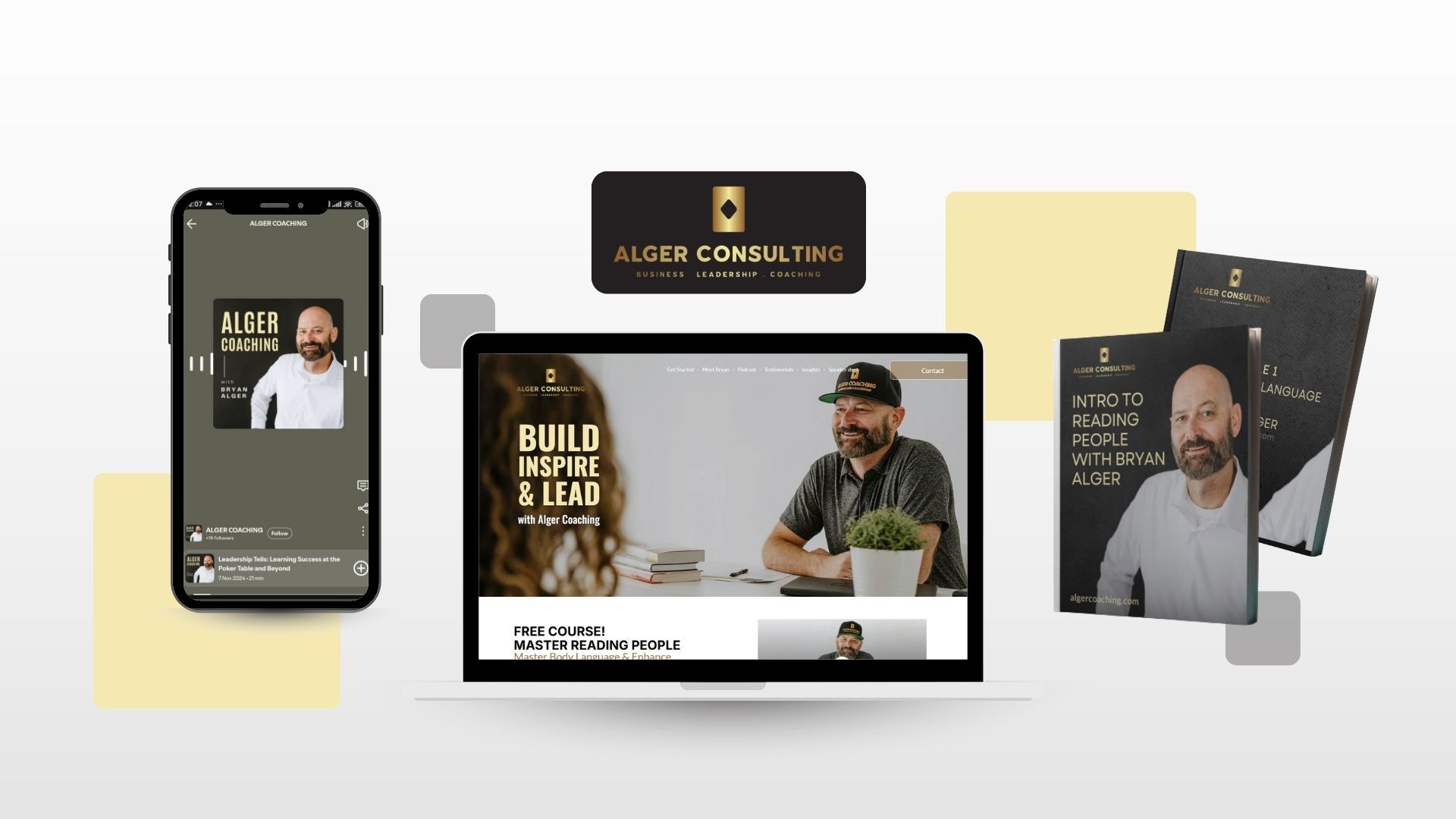
"Companies built thousands of homemade websites... we still see those dinosaurs today."
If you’re in the timber or manufacturing space, chances are your marketing tools didn’t come from a strategy. They came from who was available. Someone built a site because they "knew a guy." A brochure was made in Word. A sales sheet was updated once in 2019. And while this patchwork approach may have worked once, it’s now likely holding you back.
During the Marketing in the Wood Industry roundtable, this pattern came up repeatedly. Panelists talked about legacy tools, scattered messaging, and systems built around people rather than strategy. It’s a common issue in the industry—but it’s also fixable.
The Problem with Patchwork
Alex Wysocki, who works with sawmills and wood processors globally, explained the long-term fallout.
"Twenty years ago, when we were in the middle of the dot-com boom, many companies said, 'We need a website.' And they built thousands of homemade websites—your friend’s son who knows a bit of programming. We still see those dinosaurs today."
These sites often don’t work well on mobile. They aren’t integrated with CRMs. And they weren’t built with the sales process in mind. The same is true for old brochures, internal databases, or manual quote tools. Over time, these tools become harder to manage and easier to ignore. The result? Missed opportunities, confused prospects, and siloed data.
Why DIY Systems Eventually Break
Several panelists noted that while starting with a flexible, homemade setup is understandable, it eventually hits a wall. Chris Camfferman described how legacy systems can drag down even the best sales ideas. If tools are outdated or fragmented, campaigns can’t scale and marketing can’t measure impact.
Stephanie Rodrigue emphasized how dependency on one-person knowledge or custom systems often backfires.
"You don’t need a masterpiece. You need a system."
When everything is custom, nothing is scalable. If only one person knows how to update the product sheet or navigate the CMS, the team gets stuck. Growth stalls. And when that person leaves? It all has to be rebuilt.
Signs You’ve Outgrown Your Tools
Jake Mooney shared that companies often hit a point where the old systems start creating friction.
He recounted clients who built CRMs in spreadsheets. "It worked… kind of. But no one trusted the data, and it slowed down the sales team." This "tribal knowledge" setup makes it nearly impossible to grow consistently or train new hires effectively.
You might also see warning signs like:
- Sales requests that take hours instead of minutes
- Branding inconsistencies across teams
- Content that has to be rebuilt from scratch every time
How to Start Fixing It
Panelists agreed—you don’t need to burn it all down. But you do need to get intentional.
1. Audit What’s Actually Working
Start by asking sales what tools they actually use. Rodrigue recommends reviewing:
- What’s outdated?
- What’s hard to find?
- What’s duplicated or off-brand?
2. Fix the Weakest Link First
Jake Mooney shared that for many clients, starting with a website overhaul made the biggest difference.
"When your site finally gives clear info, shows your real products, and makes contact easy, it changes how people see you."
3. Use Systems, Not Shortcuts
Wysocki cautioned against reinventing the wheel.
"There are platforms out there that do this well. You don’t need to invent your own CRM. Use proven tools so you can spend your time building relationships, not building software."
4. Make It Easy to Use
Camfferman emphasized that usability beats fancy features every time.
"If your sales team won’t use it, it’s a waste. Make sure whatever you build or buy integrates with how your people already work."
A Real Example: Incremental Wins
At TimberBase, Camfferman and his team made modest but impactful changes. Streamlining how they ran marketing campaigns led to more trackable data. That built trust with leadership and opened doors for more investment.
Rodrigue told of a client who moved to a modern site with updated specs and lead forms. "Within six weeks, they saw more qualified leads than in the previous six months. It wasn’t magic. It just worked."
Start Where You Are
The path to better marketing tools doesn’t start with a giant rebrand. It starts with fixing the things that make work harder today.
"Start with your bottlenecks. What’s costing you time? What’s confusing your customers?" Mooney advises. "Then replace one thing at a time."
Because in B2B timber, it’s not about perfection. It’s about being clear, consistent, and easy to work with.
Unimpressed with your marketing?
Get support and direction with these resources:
- Free Marketing Audit Workbook - Download Now
- Subscribe to Our YouTube Channel - Subscribe
- Get a custom strategy for your business - Get In Touch
- Connect with Jake on LinkedIn - Connect
Unimpressed with your marketing?
Get support and direction with these resources:
- Free Marketing Audit Workbook - Download Now
- Subscribe to Our YouTube Channel for practical marketing tips and strategies. Subscribe
- Contact Us - Let’s create a custom strategy for your business. Get In Touch
- Connect with Jake Mooney on LinkedIn - Connect
"Homemade Marketing" Is Holding You Back. Here's What to Do Instead












